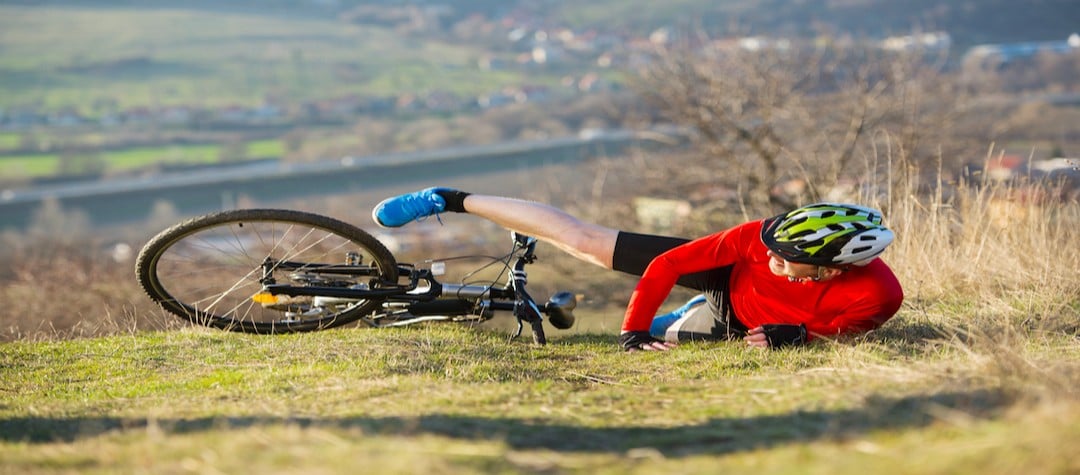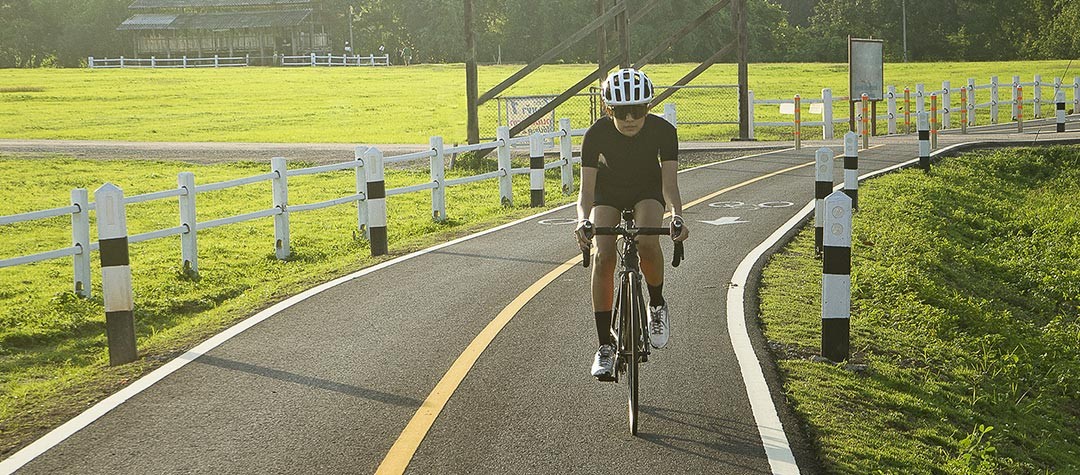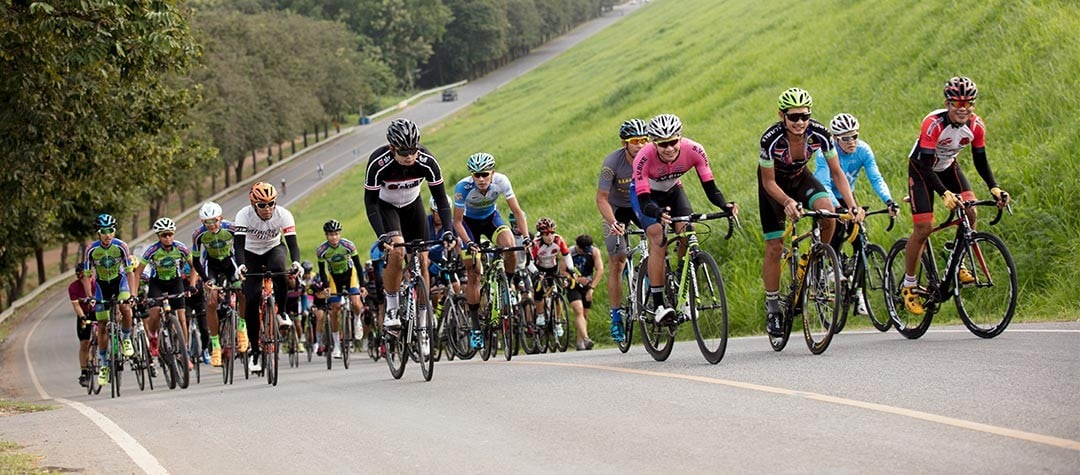Mountain biking inevitably involves some element of risk, and injuries are easy to pick up, but there are preventative steps you can take to try and avoiding the majority of them.
There is nothing worse than beginning a sport and then sustaining an injury, particularly one that knocks your confidence or requires an injury lay-off in order to recover. Mountain biking injuries can either be traumatic, for example where the rider hits the ground, trees or some form of static object. Or, non-traumatic injuries, caused by the overuse or abnormal use of joints, muscles and ligaments. However, if you follow the top tips below you can reduce your chances of having either type of injury.
1. Pre-ride check
Before setting out on any ride always give your bike and other equipment a thorough check over. This is especially important if you transported your bike in a car to the start of a route. Always check both wheels are securely fastened and that the brakes and gears are working.
2. Warm-up and stretch
As with any other form of exercise you should always do some form of pre-exercise warm-up and stretching. Warming up and stretching properly ensures that the body is ready to exercise by gradually increasing your heart rate and stretching the muscles. If you simply start intense exercise from ‘cold’ then you run a serious risk of muscle injury.
3. Wear a cycle helmet
Never cycle without a helmet … more than 80 per cent of cycling related deaths are due to head injuries which could have been avoided if a helmet had been worn. It is simply not worth the risk, so why be the odd one out by riding without?
4. Wear cycle glasses
Glasses offer invaluable eye protection against wind, mud, dirt, sand, insects and branches. Many riders opt to wear sunglass-style glasses but the nature of mountain biking means you may pass through densely wooded areas as well as open terrain and you will struggle to see anything in the depths of a dark wood! Some glasses are available with interchangeable coloured lenses which are great for recreational riding if you have time to stop and change lenses. For competitive riding it's a good idea to ride with clear-lensed glasses which offer eye protection and clear visibility at all times.
5. Knee and elbow pads
Many mountain bikers wear protective knee and elbow pads to help prevent traumatic injuries in the event of a fall. You should make sure the pads will not affect your pedaling ability or steering control of the bike.
6. Look after your knees
Knee injuries can occur when riding, perhaps not surprising when you bear in mind that on a two hour cycle your knee can bend approximately 10,000 times! In order to prevent knee injuries, warm up properly, ensure your saddle is set correctly, select the appropriate gear for the terrain , do not push big gears and keep your knees warm in winter.
7. Carry out a ‘recce’ before a downhill section of biking
If you are riding in an unfamiliar area it is always well worth dismounting from your bike and inspecting a downhill section on foot before committing to it on the bike! Quite often dangerous obstacles can be hidden on steep ground and if you hurtle down an unknown hill then the first time you see a hidden danger might be too late…
8. Avoid wrist and hand injuries
It is common to have aching wrists and hands after a prolonged biking session. These pains are caused by the many shocks and impacts traveling up through the forks, as well as by the hands not altering position for prolonged periods. Wrist and hand pains and injuries can be avoided by ensuring your suspension forks are well maintained and serviced and wearing good biking gloves. Fitting bar ends allows you to move your hands around more freely and adopt more efficient biking positions. Remember to take your hands off the handlebars occasionally and shake them to restore circulation.
9. Stitches
The acute pain of a stitch is caused by your diaphragm being pulled under your ribs. In order to prevent stitches don’t cycle hunched over the handlebars but straighten the back giving the chest room to breath. Warming-up properly also helps prevent stitches.
10. Keep well-hydrated
Both heat stroke and exhaustion can be caused to by not being sufficiently hydrated. Make sure you drink plenty of water prior to your ride but also during your ride. ‘Hands-free’ hydration systems such as CamelBak, Platypus or similar designs offer significant advantages over water bottles.














